Choosing the wrong gym flooring leads to damaged equipment, injuries, and costly replacements. Feeling confused by endless options that never clearly fit your fitness goals?
Selecting the right gym mat flooring involves matching thickness and material to your specific exercises. Thick rubber mats (15-40mm) are perfect for weightlifting; thinner foam or vinyl mats (8-12mm) suit aerobics, yoga, and martial arts.
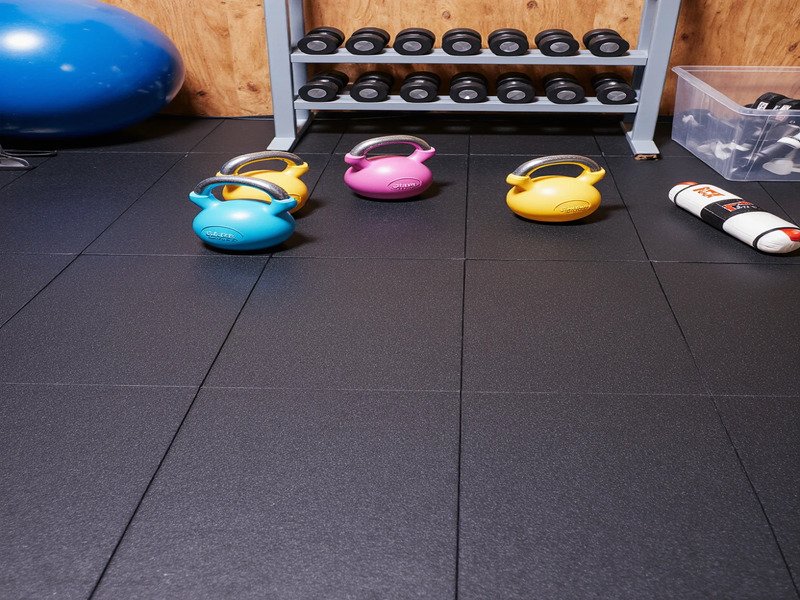
I’ve helped gym owners avoid costly mistakes by carefully matching their flooring with their training needs. Let’s dive deeper and choose your flooring confidently today.
How to Choose Gym Floor Mats?
Are you overwhelmed by too many flooring choices? Selecting mats without understanding key factors leads to dissatisfaction and costly replacements later on.
Choose gym floor mats by considering exercise intensity, equipment weight, user safety, durability, and budget. Rubber mats are versatile, foam mats provide comfort, and vinyl mats simplify maintenance.
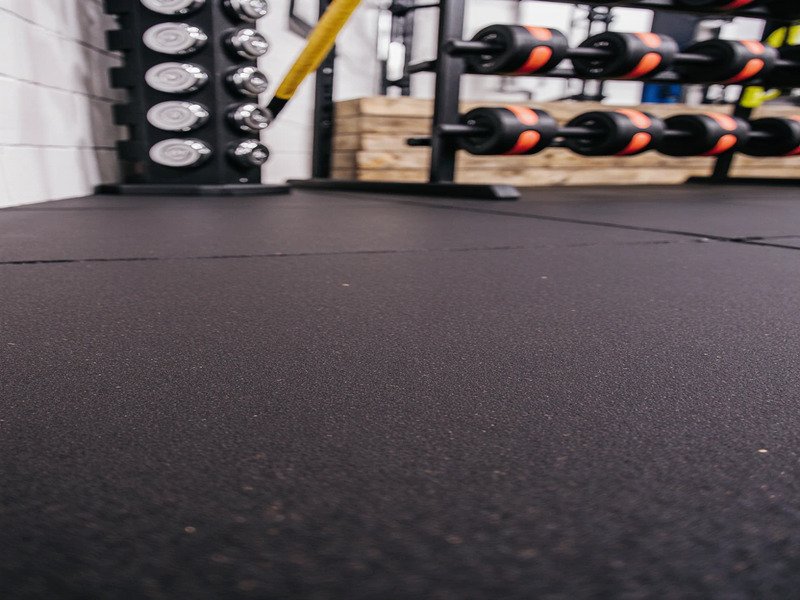
Understanding Your Gym Needs
Begin with your training types. Heavy lifting areas demand thick rubber mats (15-40mm) to handle heavy impacts. Foam mats (EVA) provide optimal cushioning for yoga, Pilates, or martial arts. Vinyl flooring suits cardio equipment zones like treadmills, bikes, and ellipticals, offering stability and easy cleaning. Functional training zones, like CrossFit areas, benefit from artificial turf or thick rubber mats for dynamic movements. Martial arts require specialized EVA mats, ensuring grip and fall protection. For children’s play areas, soft EVA mats with vibrant colors maximize safety and appeal. Clearly defining each gym zone ensures your mats perfectly match their intended purpose, saving time and investment in the long run.
What is the Best Thickness for a Gym Floor Mat?
Have you felt discomfort or noise problems from choosing the wrong thickness? Selecting improper thickness harms your workouts and safety.
Optimal mat thickness varies: yoga and Pilates mats (5-10mm), aerobic equipment areas (8-12mm), heavy lifting zones (15-40mm), and martial arts areas (20mm+).

Matching Thickness to Exercise Intensity
Yoga and Pilates mats require moderate thickness (5-10mm) to balance stability and comfort. Aerobic areas like stationary bikes and treadmills benefit from 8-12mm mats, reducing noise and vibration effectively. For weightlifting, CrossFit, or powerlifting zones, thicker mats (15-40mm) are essential, absorbing heavy impacts from dropped weights. Olympic lifts or extreme weightlifting scenarios often require ultra-thick mats (30-43mm) for superior shock absorption and durability. Martial arts or high-impact training, like wrestling or Brazilian Jiu-Jitsu, need at least 20mm mats for protecting athletes during falls. Matching the mat thickness precisely to exercise intensity improves your gym’s acoustic quality, protects your equipment, reduces injury risks, and enhances the workout experience significantly.
What Type of Flooring is Best for a Gym?
Confused by multiple flooring options and unsure which suits your gym best? Choosing incorrectly could compromise user safety, flooring durability, and workout efficiency.
Rubber flooring is best overall for gyms due to durability, versatility, shock absorption, and hygiene. Foam suits yoga and martial arts; artificial turf suits functional training.
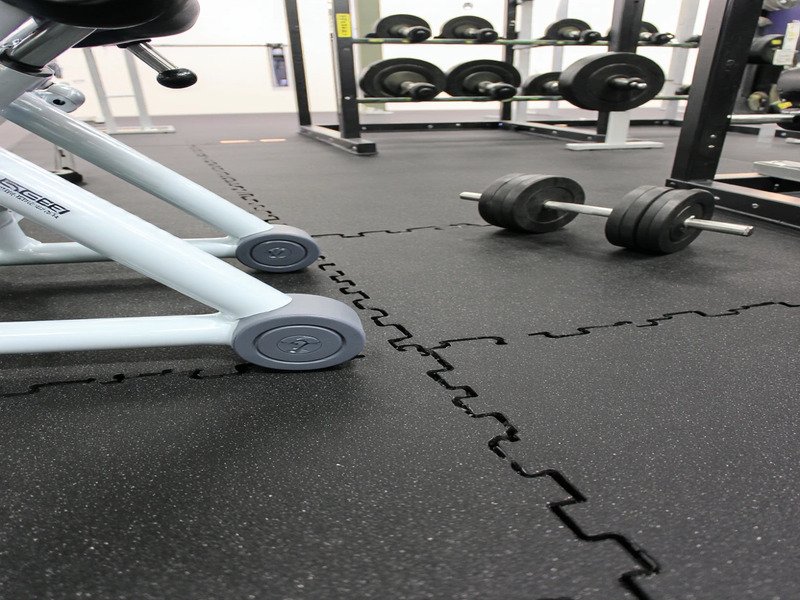
Pros and Cons of Different Gym Flooring Materials
- Rubber Flooring: Highly durable, shock-absorbent, easy to clean, environmentally friendly, and antimicrobial—ideal for most gym settings including commercial and residential gyms. Best for weightlifting, cardio, and general gym areas.
- Foam Mats (EVA): Comfortable cushioning, anti-slip properties, lightweight, and portable—perfect for yoga, Pilates, martial arts, and children’s play areas.
- Artificial Turf: Great for functional training areas involving sled pushes, agility drills, or outdoor fitness, offering realistic grass-like traction and cushioning.
- Vinyl Flooring: Easy maintenance and hygienic properties, suitable for aerobic zones and stationary equipment areas, offering moderate cushioning and stability.
Clearly understanding the strengths and weaknesses of each flooring type helps you create safer, more efficient, and aesthetically pleasing gym spaces, ensuring long-term satisfaction and safety.
How to Choose the Right Exercise Mat?
Ever experienced slipping or discomfort during workouts? Choosing the wrong exercise mat disrupts your comfort and performance, ruining the quality of your training sessions.
Select exercise mats based on specific needs: foam mats (5-20mm) for yoga and martial arts; thick rubber mats (15mm+) for weightlifting, high-intensity workouts, and functional training.
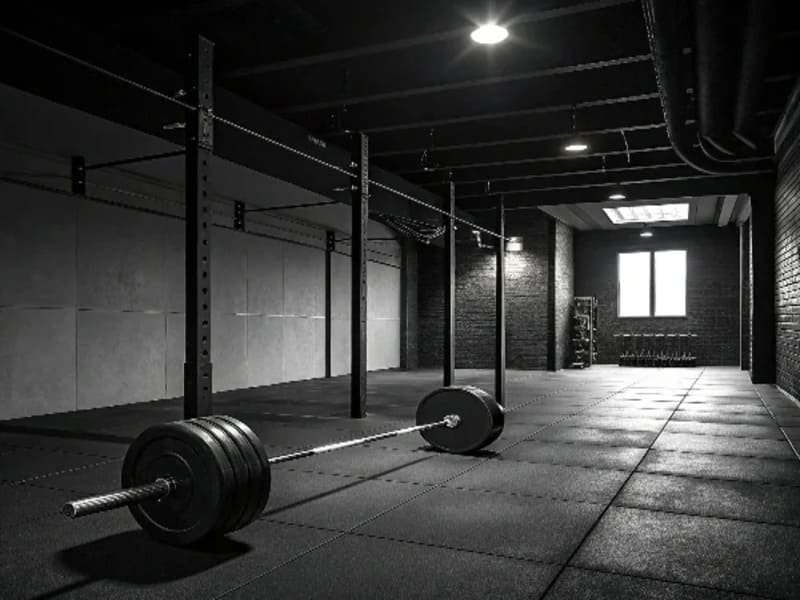
Selecting Exercise Mats by Training Type
- Yoga and Pilates: Use foam or EVA mats, between 5-10mm thick, offering comfort, grip, and moderate cushioning to stabilize balance exercises.
- High-Intensity Training (HIIT, CrossFit): Thick rubber mats (15-30mm) or artificial turf for optimal grip and impact absorption, essential for dynamic exercises and equipment-heavy workouts.
- Martial Arts: EVA foam mats, typically 20mm or more, providing excellent cushioning and anti-slip properties, critical for safety during falls and throws.
- Weightlifting and Powerlifting: Rubber mats, 15-43mm thick, protect flooring and equipment, dampening sound and vibration from dropped weights, ensuring athlete safety and comfort.
Matching exercise mats to training types maximizes your gym’s performance, protecting both equipment and athletes while improving user satisfaction and workout efficiency.
Installation Methods: Loose Laid vs. Adhesive?
Have you faced installation dilemmas, unsure whether to choose temporary or permanent gym flooring? The wrong installation choice complicates maintenance and limits flexibility.
Loose-laid mats offer easy installation and flexible repositioning. Adhesive flooring provides stability and permanence, ideal for heavy usage or commercial gyms.

Choosing the Right Installation Method
- Loose-Laid Installation: Offers simplicity, flexibility, and easy maintenance. Ideal for residential gyms, temporary installations, or if you frequently rearrange equipment. Easy replacement of damaged mats, saving time and reducing long-term costs.
- Adhesive Installation: Provides permanent stability, best for commercial gyms, intense training areas, or environments with heavy equipment. Although requiring upfront effort, adhesive mats enhance durability, reduce noise, and stay securely in place even under heavy use.
Choosing installation methods wisely, based on your gym’s specific requirements, enhances the durability, maintenance ease, and overall safety of your fitness environment.
Maintenance and Longevity: How to Extend Gym Flooring Lifespan?
Worried about premature wear and costly replacements of your gym flooring? Neglecting simple maintenance can shorten lifespan and decrease flooring performance significantly.
Regular maintenance—dust mopping, routine cleaning, and timely repairs—extends gym flooring lifespan, enhances safety, and maintains hygiene, saving significant long-term costs.
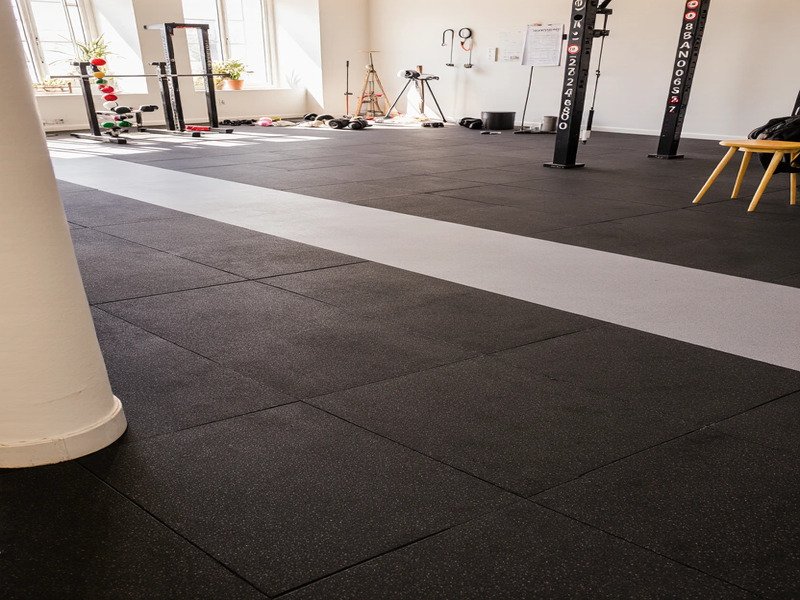
Best Practices for Gym Floor Maintenance
- Regular dust mopping and vacuuming prevent surface abrasions caused by dirt.
- Use mild detergents or specialized cleaning solutions, ensuring hygiene without damaging flooring materials.
- Address damage promptly, replacing individual tiles or sections if modular flooring is used, maintaining safety without extensive disruptions.
- Implement acoustic underlays beneath flooring to reduce noise and vibrations, crucial in multi-level gyms or residential settings.
Consistent and appropriate maintenance practices ensure a safe, clean, and durable gym environment, significantly prolonging flooring lifespan and maintaining its functionality and appearance over time.
Conclusion
Choosing the right gym mat flooring involves understanding your exercise type, ideal mat thickness, suitable flooring material, proper installation method, and effective maintenance—ensuring long-lasting performance, safety, and user satisfaction.

